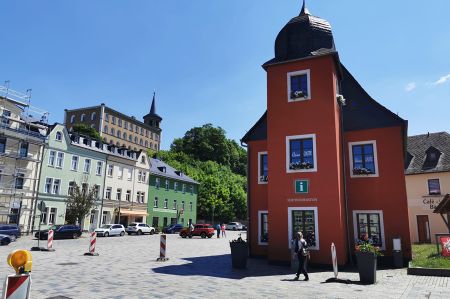Schleitz – racetrack, small town and Konrad Duden
- Written by Portal Editor
Now that we wanted to spend a few days in Schleiz because of the 100th anniversary of the Schleizer Dreieck in the region, it was clear that we wanted to explore Schleiz itself for at least a few hours.
When we arrived, we noticed the two imposing towers of the castle above the old town and the large, let's call it market square in the city centre, where there are also a few cafés and restaurants. But more on that later, because we also noticed some person sculptures whose connection to Schleiz was not immediately clear. So it was also necessary to do some research work.
From the Slavic village to Schleiz Castle
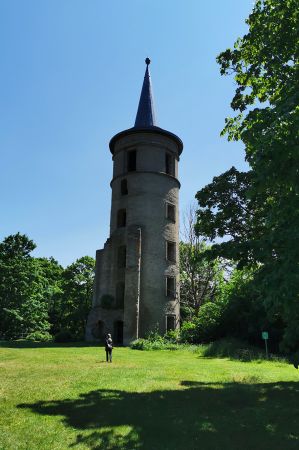 From the original village of Slavic Sorbs "Slowicz" initially a castle settlement developed. The medieval castle, later Schleiz Castle, was built by the Lords of Lobdeburg. This is how the town of Schleiz came into being from the village of Slowicz, which was first mentioned in a document in 1232.
From the original village of Slavic Sorbs "Slowicz" initially a castle settlement developed. The medieval castle, later Schleiz Castle, was built by the Lords of Lobdeburg. This is how the town of Schleiz came into being from the village of Slowicz, which was first mentioned in a document in 1232.
One of the main reasons for the development of the oppidum, Latin for city, was the favourable location on the connecting road from Nuremberg to Naumburg and Leipzig. A settlement ("old town") that has existed since around 1200 and a "new town" founded right next to this settlement are further roots of Schleiz.
The new town housed a castle and was surrounded by a town wall. For a long time, the old town and new town of Schleiz were completely independent places, whose citizens were provided with different rights and duties.
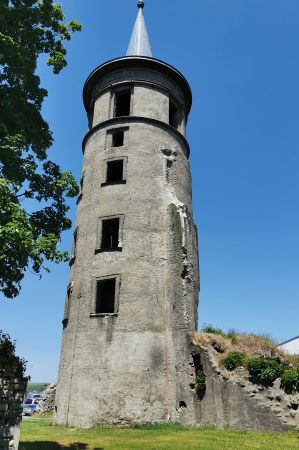 After the castle had completely fallen victim to a major fire in 1475, the lords of Gera built a new complex on the former foundation walls of the castle. From 1647 to 1848 the counts and later princes of Reuss-Schleiz resided in the castle.
After the castle had completely fallen victim to a major fire in 1475, the lords of Gera built a new complex on the former foundation walls of the castle. From 1647 to 1848 the counts and later princes of Reuss-Schleiz resided in the castle.
This plant also burned down completely in 1689. The old keep - called the house tower - was also removed with the other fortifications in 1689. The castle was expanded in the 18th century until 1753 when the baroque building was completed. In August 1721, Johann Sebastian Bach gave concerts at Schleiz Castle together with the local court orchestra. After another major fire in 1837, the castle was built on the vaults of the ground floor, which was destroyed in a hail of bombs in 1945.
The round towers on the edge of the police area, which are still in ruins today, date from this time.
Konrad Duden – Gymnasium director and dictionary
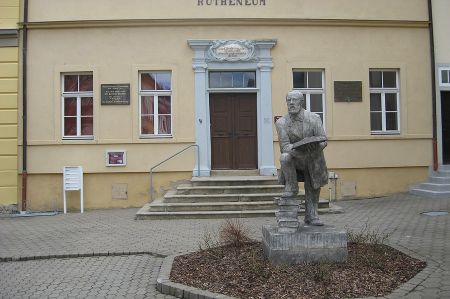 After graduating from high school in 1846 at the United Higher Civil School and School of Education in Wesel, Konrad Duden studied four semesters of history, German and classical philology at the Rheinische Friedrich-Wilhelms University in Bonn.
After graduating from high school in 1846 at the United Higher Civil School and School of Education in Wesel, Konrad Duden studied four semesters of history, German and classical philology at the Rheinische Friedrich-Wilhelms University in Bonn.
After four semesters he broke off his studies - probably for financial reasons - and took a job as a private tutor in Frankfurt am Main in 1848 to finance his living. From 1848 to 1854 he was tutor to the family of Senator Eduard Franz Souchay. During this time he undertook extensive study trips to the United Kingdom and French-speaking Switzerland.
In 1854, with special permission, which had freed him from further studies because he was a private tutor, he caught up on the state examination at the University of Bonn and obtained the teaching qualification for the subjects Latin, Greek, French and German. In the same year, Duden received his doctorate in absentia from the Faculty of Philosophy at the University of Marburg with his dissertation De Sophoclis Antigona. He broke off his traineeship at the Archigymnasium in Soest in 1854 and accepted a teaching position in Genoa (Italy); from there he had already pursued his doctorate in Marburg. Returning to Germany in 1859, he worked as a teacher and, in the course of professional advancement, as director at the Soest Archigymnasium.
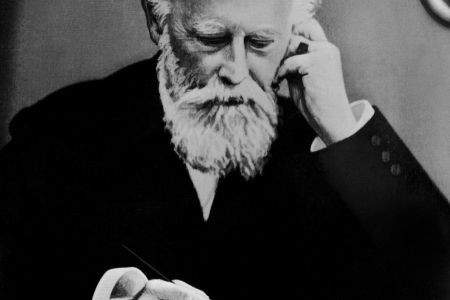 In 1869 he was called to Schleiz as a high school director, where he worked out the first rules for what would later become the dictionary, because in Schleiz Franconian, Thuringian and Saxon dialects met and the assessment of a pupil's spelling depended on the language tradition in which the respective teacher had grown up. With his standard work, Duden wanted to make reading and writing easier for people with little education.
In 1869 he was called to Schleiz as a high school director, where he worked out the first rules for what would later become the dictionary, because in Schleiz Franconian, Thuringian and Saxon dialects met and the assessment of a pupil's spelling depended on the language tradition in which the respective teacher had grown up. With his standard work, Duden wanted to make reading and writing easier for people with little education.
Throughout his life, Duden campaigned for the standardization of German orthography. In 1871 he published spelling rules with brief explanations for the first time in the annual reports of the Schleizer Gymnasium under the title "On German spelling". He followed the phonetic principle "Write as you speak". This script, intended for use in his high school, soon became very well known in specialist circles and was published the following year by the B.G. Teubner publishing house in Leipzig with the title "Die deutsche Rechtschrift"; a glossary was already included with the work. This later so-called “Schleizer Duden” significantly influenced the debate about spelling in Germany and became the model for the following orthographic dictionaries.
Dictum: Look it up in the Duden
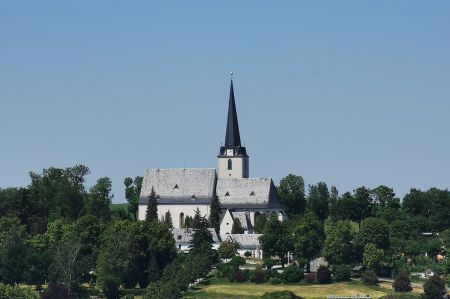 In 1876, Konrad Duden was also invited to the first conference to “establish greater agreement in German spelling”, which, however, failed due to the objection of Chancellor Otto von Bismarck.
In 1876, Konrad Duden was also invited to the first conference to “establish greater agreement in German spelling”, which, however, failed due to the objection of Chancellor Otto von Bismarck.
The work "Complete Orthographic Dictionary of the German Language", published on July 7, 1880 by the Bibliographic Institute, is considered the "Urduden" and contains 27,000 keywords on 187 pages. Bismarck issued a decree forbidding the use of the orthography taught in Prussian schools in administration. It was not until 1901 that representatives of the German federal states and Austria-Hungary decided at a conference in Berlin to have a uniform German orthography based on Duden's dictionary. In 1902, the German Federal Council decided that Duden's rules for German spelling and vocabulary should be binding for all federal states of the German Empire; Austria-Hungary and Switzerland joined. In 1956 Duden's 14th edition "Rules for German Spelling" together with a glossary was raised to the status of the official spelling dictionary under the direction of Paul Grebe.
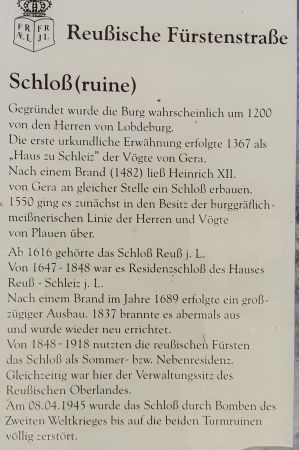 Accordingly, "Look it up in the Duden!" became a dictum in the event of uncertainties in German spelling. Also worth mentioning is Duden's tireless written advice to the users of his work; She continues to work in the "Language Counselling Centre" founded by Otto Basler at the Bibliographic Institute. The Duden in its current 28th edition contains around 148,000 keywords.
Accordingly, "Look it up in the Duden!" became a dictum in the event of uncertainties in German spelling. Also worth mentioning is Duden's tireless written advice to the users of his work; She continues to work in the "Language Counselling Centre" founded by Otto Basler at the Bibliographic Institute. The Duden in its current 28th edition contains around 148,000 keywords.
After so many new insights, which we were given not least in discussions with local citizens in the street café on the market square, where by the way there is very tasty, homemade yoghurt ice cream with fruit, we had to take a break before heading back to the Schleizer Dreieck.
Please read as well:
